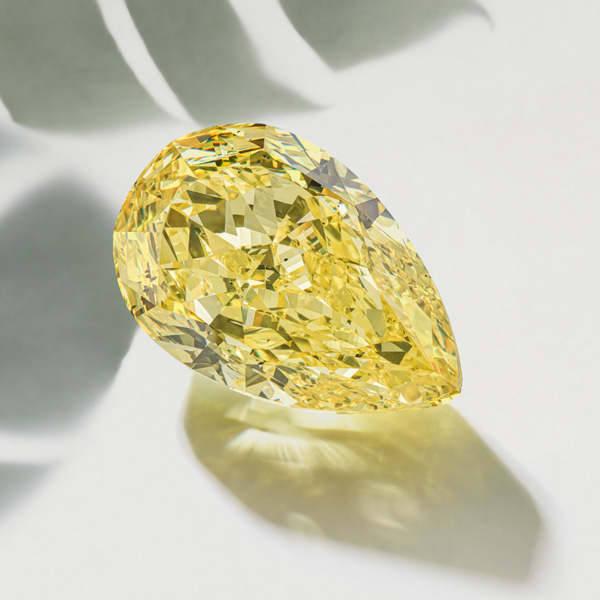De Beers gave a positive outlook for 2020 due to an improvement in the industry’s inventory situation, despite growing concerns about Chinese demand.
Early data from the holiday season indicate midstream stock levels are more balanced than they were, the company reported Thursday in parent company Anglo American’s annual financial results. The miner maintained its production forecast of 32 million to 34 million carats for the year, citing a “currently anticipated improvement in trading conditions compared with 2019.”
Last year was the worst for De Beers in the past decade, as rough demand plummeted amid an oversupply of polished in the manufacturing and trading sector. The miner reported that underlying earnings slid 87% to $45 million, while revenue fell 24% to $4.61 billion, its lowest level since the financial crisis.
Rough sales declined 26% to $4 billion, with volume down 8% to 30.9 million carats. De Beers’ average selling price slumped 20% to $137 per carat, reflecting a 6% decline in like-for-like rough prices, as well as weak demand for higher-value diamonds.
Sales from other divisions, which include the Element Six industrial-diamond unit and Lightbox, its lab-grown brand, fell 17% to approximately $570 million, according to Rapaport calculations.
Last year started on a weak note, as stock-market volatility and the US-China trade war led to sluggish 2018 holiday sales, leaving the trade with higher stock levels than it had expected, the company explained. The situation worsened as US retailers took more goods on memo and pruned their physical-store networks, while consumers shifted further to online buying, reducing the need for inventory. The midstream also suffered from tight bank financing, dampening demand for more rough, De Beers noted.
De Beers observed “stable” consumer demand so far in 2020, especially in the US, but cautioned that several uncertainties — including the coronavirus outbreak — could pose a threat. An increase in online purchasing has caused retailers to destock, while US-China trade tensions and geopolitical escalations in the Middle East could also affect economic growth and consumer sentiment, the company added.












